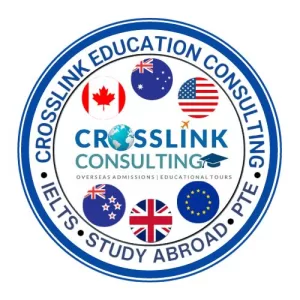The IELTS as a tradition, has been conducted as a paper-based English test for almost more than many decades now. Thanks to the incidence of a much better computer-based technological intervention, the increasing trend of using technology to deliver education and testing, IELTS also seems to have updated itself as a language test. It has now introduced a computer-based tests (CBT)along with the Paper-based tests (PBT). This option was already available for IELTS aspirants for VISA and Immigration since 2016.
Now both the exam options are available for the test candidates.
IELTS as a Language proficiency exam continues to be unchanged, but now computers as a means will be there to stay as a conducting medium for the exam. It has a benefit as increased frequency due to technology will eventually result in multiple sessions in one day and quicker results. It would not be incorrect to predict that future will witness CBT and PBT as one complimenting each other. Therefore, it is quite important that your IELTS test preparation is aware and well practiced as per both test Types.
The listening, reading and writing sections of IELTS will come under CBT. As per British Council IELTS website it is evident that CBT is similar to the PBT, including the type of questions asked, the content, timings, and also the marking, rather the overall test format. There is no change in the IELTS speaking test it will still be conducted face-to-face with an examiner. The examiners will continue to evaluate the writing and the speaking sections as these two are analytically marked. Another attribute of the CBT that is quite beneficial is that the test centers will be less congested.
The order of the test is a similar, CBT begins with Listening, to be followed by Reading, Writing, and finally Speaking.
The listening section of PBT allowed us ten mins to transfer answers to the answer sheet, in the listening section. But CBT will not have any such benefit.
You will be given sometime in between the sections to write the answers but is no extra time will be allowed at the end. You will be given a computer booth and a headset for the Listening component.
Once you begin and click on ‘Start Test’ on the introductory screen, it will take you to the to the questions. There’s a timer on the screen which shows you how much time you are left with before the other sections begin. The clock will blink red and start blinking fast, when you have ten- and five-minutes left. The timer will automatically stop when the test is over. Instructions will also flash on the screen for each part of the test. navigation bar at the bottom. In case you have any doubts on any particular response, you can click on review at the bottom, and go back to it later. You can change your responses anytime till the test ends. You can hide your screen if you need a bio break.
The most significant advantage can be seen in writing in the CBT. You will find typing comfortable. At least there will be scope for editing, re-structuring sentences if need be. No fear of untidy cutting or strikes and fear of dirty handwriting. Moreover, the word count on the screen will keep you informed.
At Crosslink Consulting, we have both expertise and experience in the form of British Council certified trainers and CELTA holders in helping test-takers achieve their goal of desired score in IELTS. If you want assistance in improving your band score then Fill the details in the form and get a free demo session with our trainers.
crosslinkconsulting.in/enquiry/

